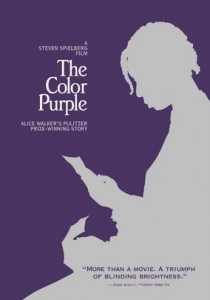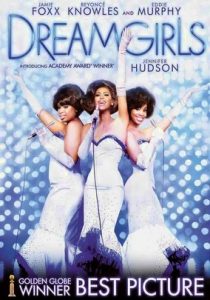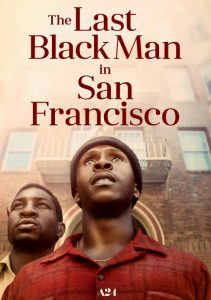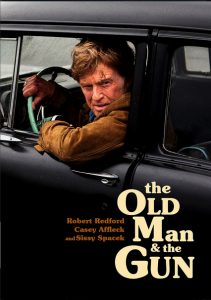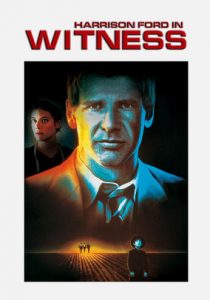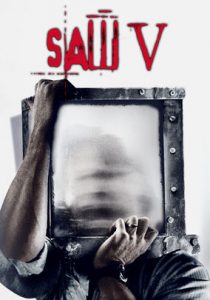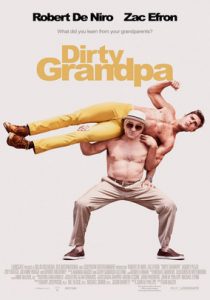The Color Purple-1985
Director Steven Spielberg
Starring Whoopi Goldberg, Oprah Winfrey
Top 250 Films #153
Scott’s Review #358
Reviewed January 9, 2016
Grade: A
Steven Spielberg, admittedly a director who focuses more on sentimentality, mixes heartbreak with the courage to blend a recipe that makes for a perfect, mainstream film from 1985.
It is a different direction for him- far extreme from the summer blockbusters he was known for until this time.
Exceptional acting and cinematography lend themselves to The Color Purple, a film based on the much darker novel by Alice Walker. Certainly, one of the best films of the 1980s.
A relative unknown when the film was made, Whoopi Goldberg gives an astounding performance in the lead role.
The film spans approximately forty years in the early twentieth century and is set in rural Georgia.
Celie Harris (Goldberg) is an oppressed black woman, her sister and best friend Nettie is sent away, leaving Celie a virtual prisoner with a man, Albert Johnson (Danny Glover), whom she is forced to marry and care for in addition to his children.
Raped and beaten, Celie is left with little self-worth until two women, rotund, feisty, Sophia (Oprah Winfrey), and Shug (Margaret Avery) inspire her to be something better.
The Color Purple is a very sentimental film filled with inspiration for anyone beaten down or otherwise abused by people or by society.
The depiction of southern life for blacks, especially black women is depicted well, though softened I have no doubt. Liberties must be taken for the sake of film as black men, in particular, are not portrayed well- surely there must have been some decent black men in this time?
But, despite Spielberg being a male, The Color Purple is told from a definite female perspective.
Her role of Celie is Goldberg’s finest and hers is a case of the Academy getting it all wrong; she should have won an Oscar for this performance instead of a conciliation win a few years later for her secondary (and unremarkable) role in Ghost.
Goldberg never achieved any roles as great as Celie.
Her expressions and mannerisms spoke volumes and her occasional wide, beaming smile would melt the coldest heart.
Winfrey, equally brilliant as Sophia (and also robbed at Oscar’s time), is a completely different character. Angry, abrasive, and outspoken, she fills Sophia with life and energy, which makes her big scene heartbreaking to watch.
Defying a white man she is beaten and arrested and reduced to living out her days as a limping maid to a white woman- who she swore she would never serve.
The cinematography and direction of The Color Purple are grand.
Spielberg does a believable job of depicting time accurately. The costumes worn by the cast and the lighting, in general, are bright and colorful, and I think this gives the film a flavor that is nice to watch.
Again, Walker’s novel and the real-life experience were undoubtedly much darker, but for the film’s sake, this adaptation (numerous stage versions preceded and followed) makes for a wonderful film.
Oscar Nominations: Best Picture, Best Actress-Whoopi Goldberg, Best Supporting Actress-Margaret Avery, Oprah Winfrey, Best Screenplay Based on Material from Another Medium, Best Original Score, Best Original Song-“Miss Celie’s Blues (Sister)”, Best Art Direction, Best Cinematography, Best Makeup, Best Costume Design
